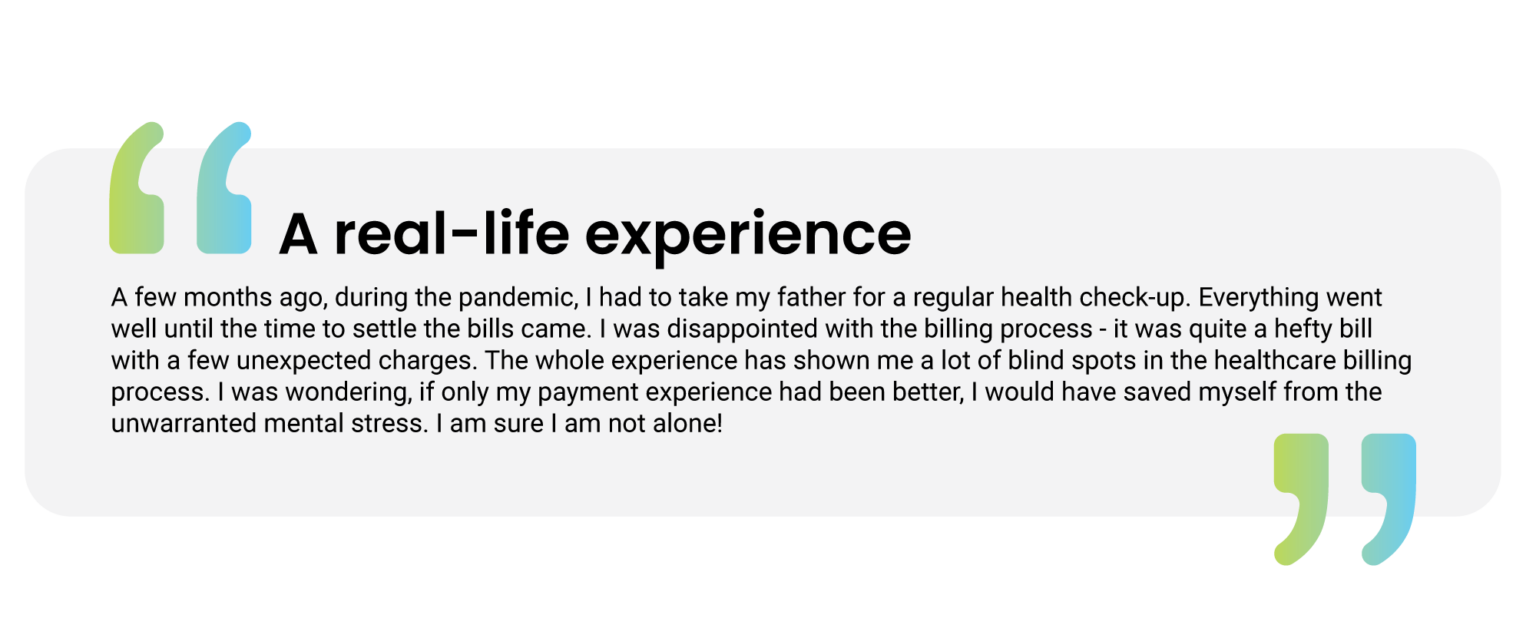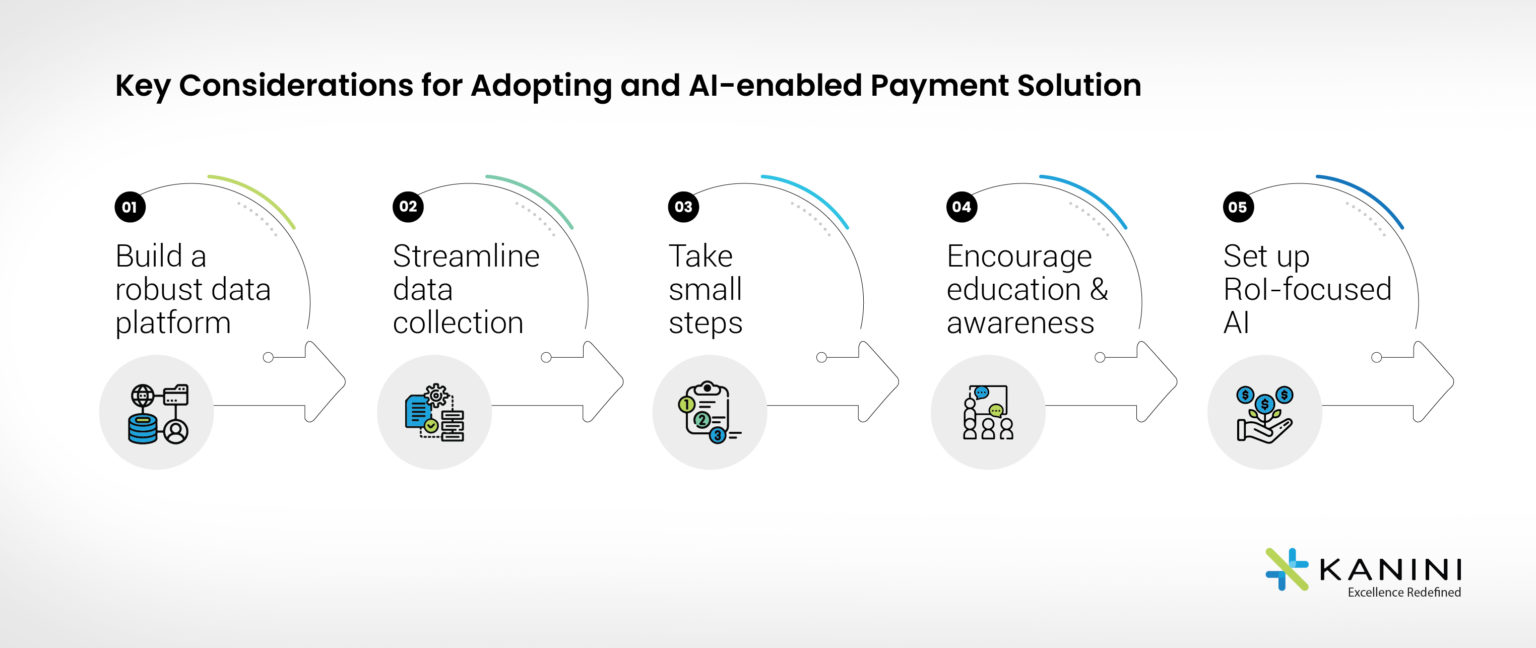March 2020 changed the way we see the world. And, more than any other industry, the healthcare industry saw a surge in the number of patients wanting to get medical care. The insufficient number of doctors and support staff, elongated work timings, shortage of supplies, and lack of infrastructure tested the existing healthcare structure and pushed it to undergo a metamorphosis. It was the breaking point.
Healthcare providers and their staff were invariably short-staffed in not only treating covid patients, handling post- pandemic patient behavioral health needs but also in administrative work. The providers were faced with a big challenge of providing timely care to patients, at the same time making sure that patient payments are collected on time so that they can keep the business running also achieve patient satisfaction for their services.
Challenges in Healthcare Payment Processing
The payment process is not just a technically challenging process due to multiple tedious tasks involved while complying with the regulations, but also an emotionally stressful process for both the providers and the patients alike. E.g., Once an insurance claim is filed, the process can take quite some time to receive information on the remaining amount that the patient must pay from his pocket. When there is no streamlined process for maintaining the patient health record which gives a track of patient data in terms of when the patient visited the provider, what services were taken and the charges incurred, it can impact the patient payment experience negatively.
In such cases, for example, patients may forget about the service charges after receiving the treatment or they get discharged from the hospital. And, when the provider finally sends the bill, it can put the patients in an awful state for the bill value, which would not have been prepared for.

Leveraging AI for Enhanced Payment Experience
Today’s Healthcare payment solutions are fast trying to adopt data analytics technologies and different AI-driven automation solutions that can automate the payment process as well as make them transparent to patients.
Powered by data analytics and AI capabilities, current day’s healthcare payment solutions and mobile apps help Healthcare providers to:
- Send timely and relevant messages to patients about their payment plan or bills
- Call patients and help patients pay via IVR
- Provide patients an estimate before providing care
Key Considerations for Adopting an AI-enabled Payment Solution
AI can enhance the patient payment experience in various ways, but it does not come without challenges. Here are the 5 key considerations for healthcare providers while adopting AI for payment processing:

1. Build a robust data platform
2. Streamline data collection
3. Take small steps
4. Encourage education and awareness
5. Set up RoI-focused AI
Author

Anand Subramaniam
Anand Subramaniam is the Chief Solutions Officer, leading Data Analytics & AI service line at KANINI. He is passionate about data science and has championed data analytics practice across start-ups to enterprises in various verticals. As a thought leader, start-up mentor, and data architect, Anand brings over two decades of techno-functional leadership in envisaging, planning, and building high-performance, state-of-the-art technology teams.








